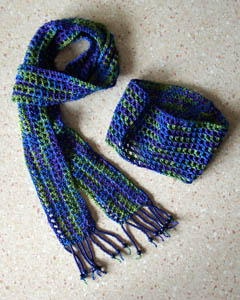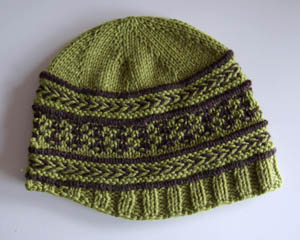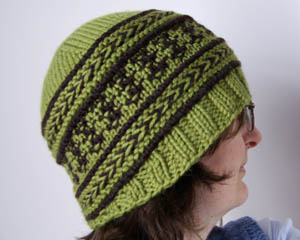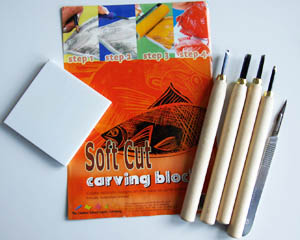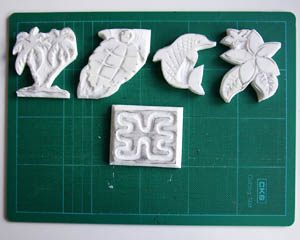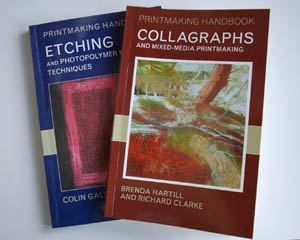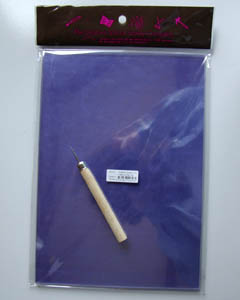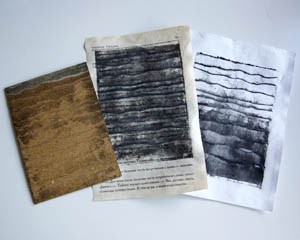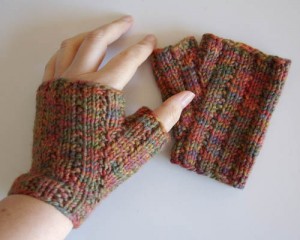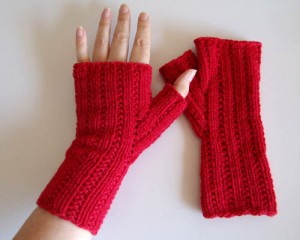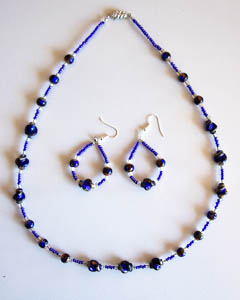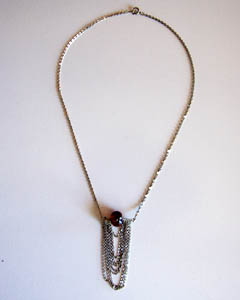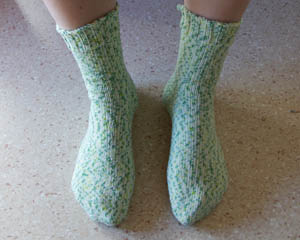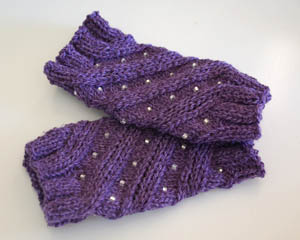I’m still working on small projects, using up single balls, so it was a bit of a surprise when, a few days ago, I removed a bit more yarn from my stash spreadsheet and realised the total had just dropped under 10 kilos.
That’s a nice milestone to have passed, though it does hinge on whether I consider the Summer Solstice project a wip or not. For now it’s officially in hibernation, waiting on me to regain some interest in larger projects. Once I start working on it again I’ll decide if the yarn is too scratchy or not.
So what did I finish?
First, a scarf crocheted from sea silk. I wanted to make a cowl from Interweave Knits, but I got tired of waiting for the magazine to show up in newsagents. A long time ago, before I even started blogging by the looks of it, I crocheted a simple skinny scarf out of a single ball of op shop yarn and added a beaded fringe. I really like that scarf. It’s pretty, looks good with evening wear, and works well in spring and autumn.
So I decided it was time to make another one:
I used some large blue seed beads and a bigger blue bead from a repurposed necklace. And with the leftover yarn I made a headband.
I bought the Lallans pattern from Twist Collective and knit it out of Mission Falls 1824 Wool with Cascade 220 as the contrast yarn:
Unfortunately it came out a bit big for me:
I have enough yarn to make another, so I’ll see if this one will fit Mum, who has a larger head than mine. If it doesn’t I’ll make another, reducing the size of the needles, crown section and brim.
This pattern had me utterly charmed:
Such a simple method of getting a cable! I’m not into knitted jewellery but, as I hoped, it’s the perfect size to be a headband:
I want to use the same method to make a scarf. Maybe out of the Debbie Bliss Pure Silk I dyed a month or so ago.
I’m also working on a pair of socks, trying out a new shaping method that doesn’t break up graduated colour yarns. If that works I’ll post directions here. It’s a lot simpler than it sounds!

